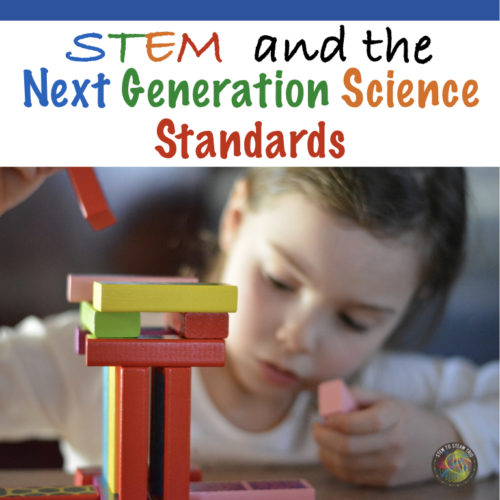
As you know, the “S” in STEM stands for science!
The Next Generation Science Standards, or NGSS, and STEM Education have similar goals.
The NGSS
In science, students observe things that happen around them in their natural world. Innate curiosity leads children to ask questions about what they see. As teachers, we ask students why they think something is happening. We encourage them to base their responses on what they already know. Generally, this leads to investigations where children gather evidence. Then, students make models to communicate their results. One goal of science is to enable students to make informed decisions in life.
STEM Education
The idea behind STEM education is to prepare students for successful careers in the 21st-century workforce. Jobs in the future will involve constant change. Hence, STEM education seeks to teach students to be creative, innovative thinkers. Of course, this will help them adapt to change. STEM education engages students in project-based learning, where they are given real-world challenges. Students work in teams to seek multiple solutions to these problems. They learn that failure is sometimes part of the process and they need to try again and improve upon their ideas.
To this end, Science and STEM education both encourage the use of real-world problems, the ability to search for solutions to these problems, and to work collaboratively with others.
The Next Generation Science Standards have engineering and design goals for all grade levels.
In Kindergarten
Students study the effect of the sun on the Earth’s surface. With teacher guidance, they explore the impact of the sun on water, sand, rocks, and dirt. After that, children are asked to build a structure that will reduce the warming effects of the sun. Students are asked to make a structure with a partner that will protect an ice cube from the sun. Next, they are given a variety of materials to choose from to build their shelter. Children must first collaborate with their partner and decide what materials they want to use. Then, they plan their structure and draw a sketch of it.
After teams have built their shelter, they take it outside, place an ice cube (in a baggie) under the shelter. At the same time, the teacher puts a control ice cube in the sun without a shelter. When the unsheltered ice cube is melted students check their own ice cube. Then, a discussion is held about which structure protected the ice cube the best. If there is time, children are given a chance to improve upon their shelter and do the experiment again.
In Third Grade
Students learn about weather and different types of natural disasters. They determine that buildings need to be strong enough to withstand high winds produced by a hurricane. Next, the class brainstorms for ways that they might simulate a storm. They might decide to make a house with a team that survives the winds of a fan. Finally, the teams design, construct, and test their solutions.
All things considered, STEM and the Next Generation Science Standards go hand in hand. Lastly, if you need ideas about how to implement the NGSS in your classroom click the link below.

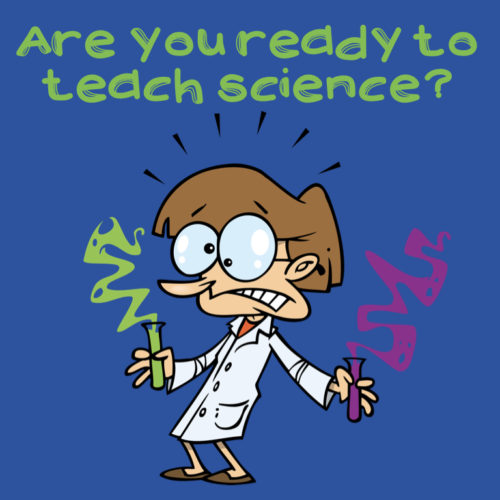
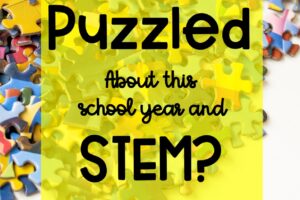
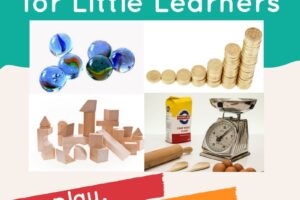
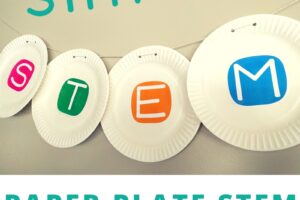
Leave a Reply
Your email is safe with us.